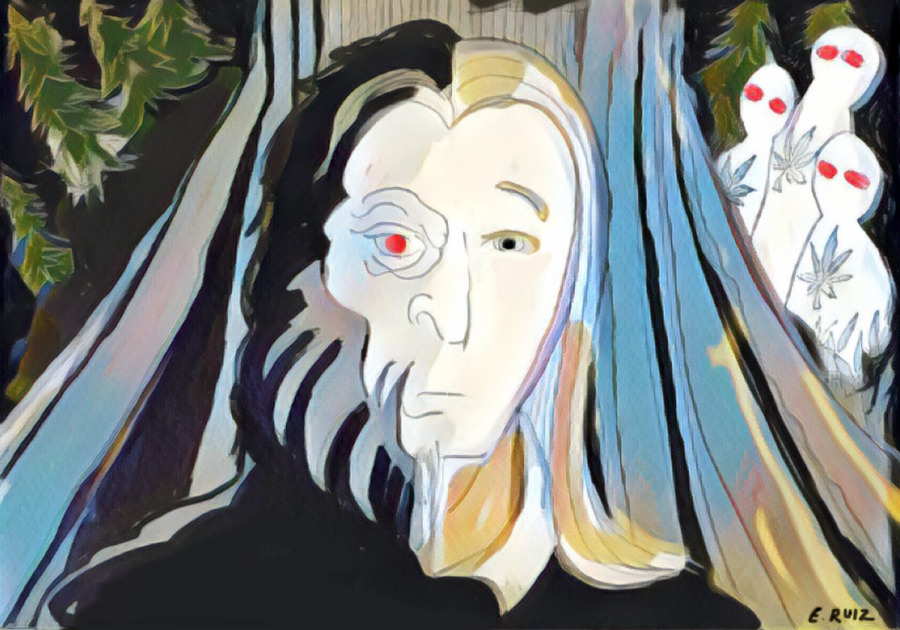Hulu’s ‘Sasquatch’ is a suspense filled ride
June 16, 2021
On the surface, Hulu’s three-part documentary series “Sasquatch” looks to be a run-of-the-mill docuseries centered around the urban legend of Bigfoot. However, as the series unfolds, viewers find themselves seeing a different set of stories pan out, revealing different types of monsters which lie in the lush green mountainous regions of Northern California.
“Sasquatch” is the brainchild of Joshua Rofe, a Brooklyn-born director and producer. Rofe directed the 2019 Amazon Prime Original documentary series “Lorena,” about the infamous 1993 Lorena Bobbit case.
Similar to the Bobbit case, the event being investigated in “Sasquatch” takes place in 1993, with the goal of answering one question: Was Bigfoot responsible for the homicide of three Mexican immigrants in the Mendocino National Forest?
Sasquatch’s first episode plays out as one would expect, featuring the typical recipe of storytelling often found in Bigfoot legends. Viewers are introduced to colorful characters made up of die-hard Bigfoot believers as well as skeptics.
The series begins with journalist David Holthouse recalling his time on a North California cannabis farm, where rumors of three men being murdered by Bigfoot were murmured about by those who worked the farms.
Holthouse admits he has a knack for earning the trust of criminals, which he proves when he conducts interviews with shady characters in later episodes. During the first episode’s final moments, Holthouse receives a chilling text message from a former Mendocino police officer turned private investigator who was working as a liaison with Holthouse to gather information.
During the scene text messages from the unmanned investigator appear on screen. One message warns Holthouse, “I feel morally and ethically bound to warn you that you are venturing into dangerous territory.” Another appears soon after. “Unlike you, I live here and have a family to protect,” the final message reads. The texts add to the suspense, working as a way to hook streamers into the next episode.
The series progresses past attempting to prove the validity of its titular monster and its supposed involvement in the crime. The episode dives deeper into the history of where the crime took place, revealing the mysterious and deadly culture connected to cannabis farming where Mexican immigrants go missing without much police fanfare, violent crimes are seemingly covered up; and people migrate through the mountains in secrecy.
Each time a new source is introduced, they become heavily redacted to shield their identity. The lack of faces drives the story to a darker place. Viewers start to question just how bad the consequences could be to warrant such a need for protection.
By the end of the series’ final act, the Sasquatch character is more of a metaphor for the darker evils revealed by many of the redacted contributors who appear throughout the episodes.
Even though the Sasquatch is set up to be the lead of the story, Holthouse quickly steals the fictitious beast’s spotlight. His presence works like a thread stitching together the different stories. Without his presence, the film would have fallen flat.
Holthouse’s knack for finding the truth by going deeper even when it threatens his safety, makes the series an edge-of-your-seat experience that has led to the viral success of the series. His personal revelations along the way make the story more personable as he reveals his horrific truths.
In an ever growing sea of true crime media, “Sasquatch” stands out with its pacing, editing and on-screen characters. The unexpected set of stories makes the documentary a solid addition to watch lists.



